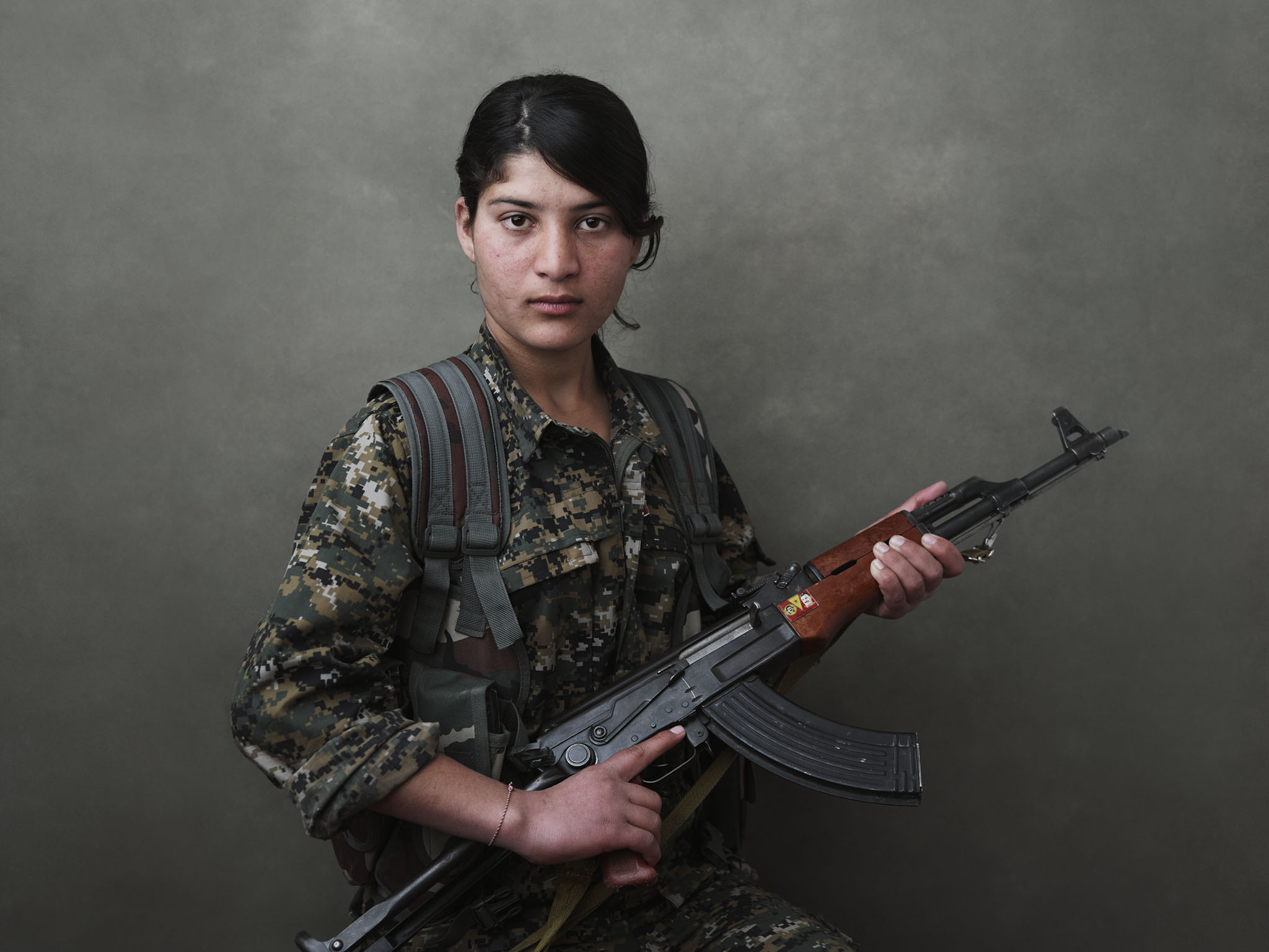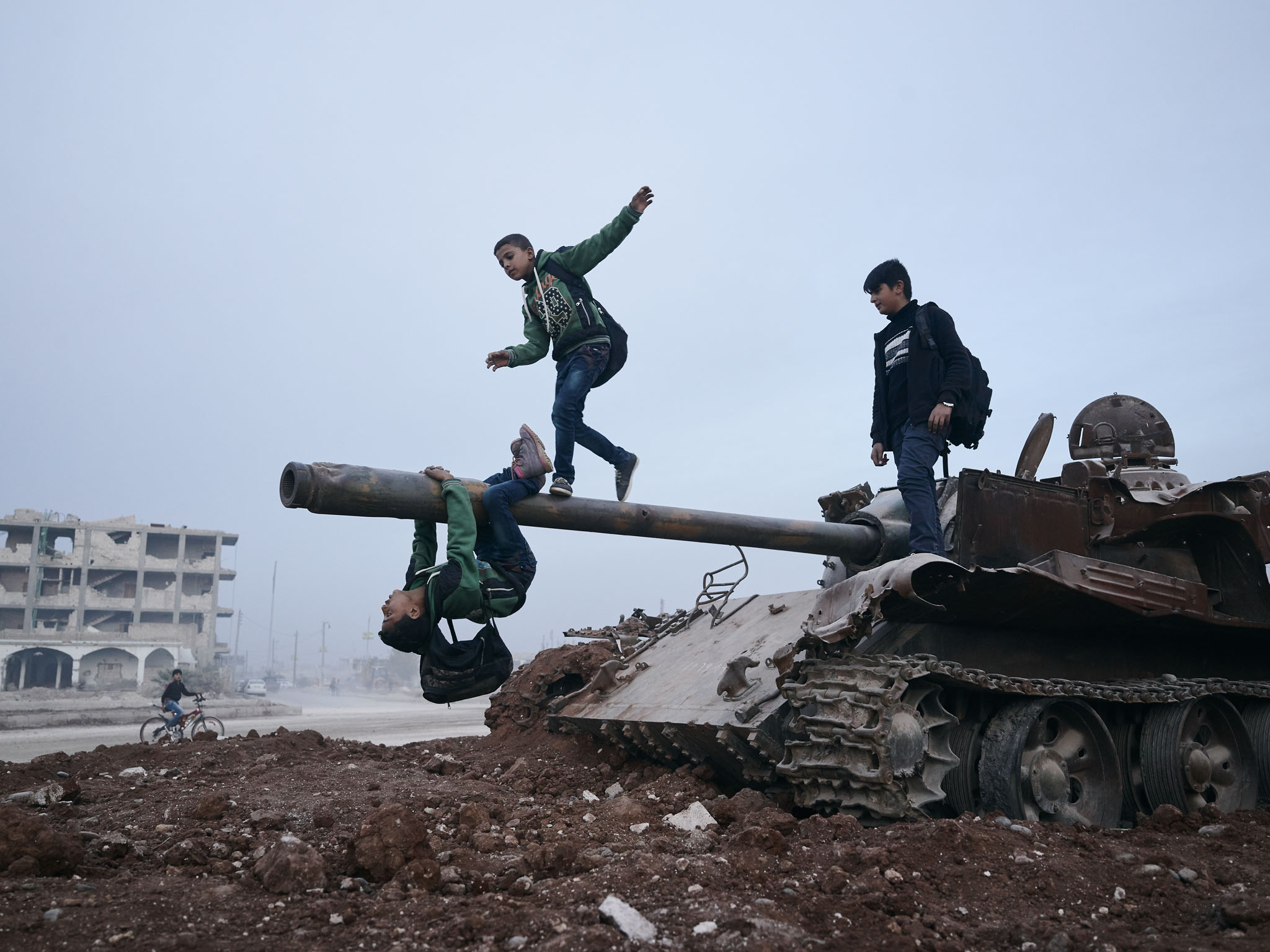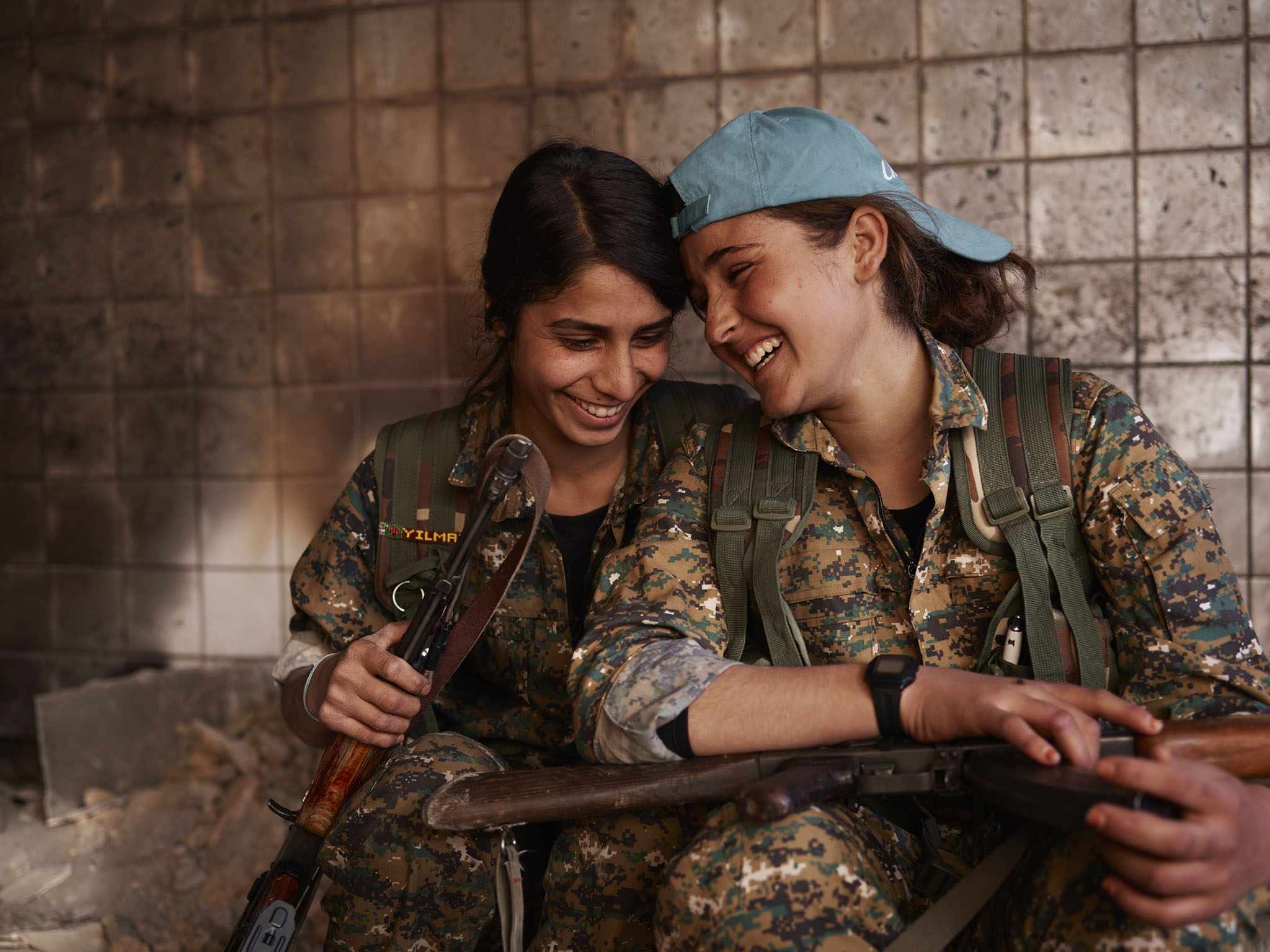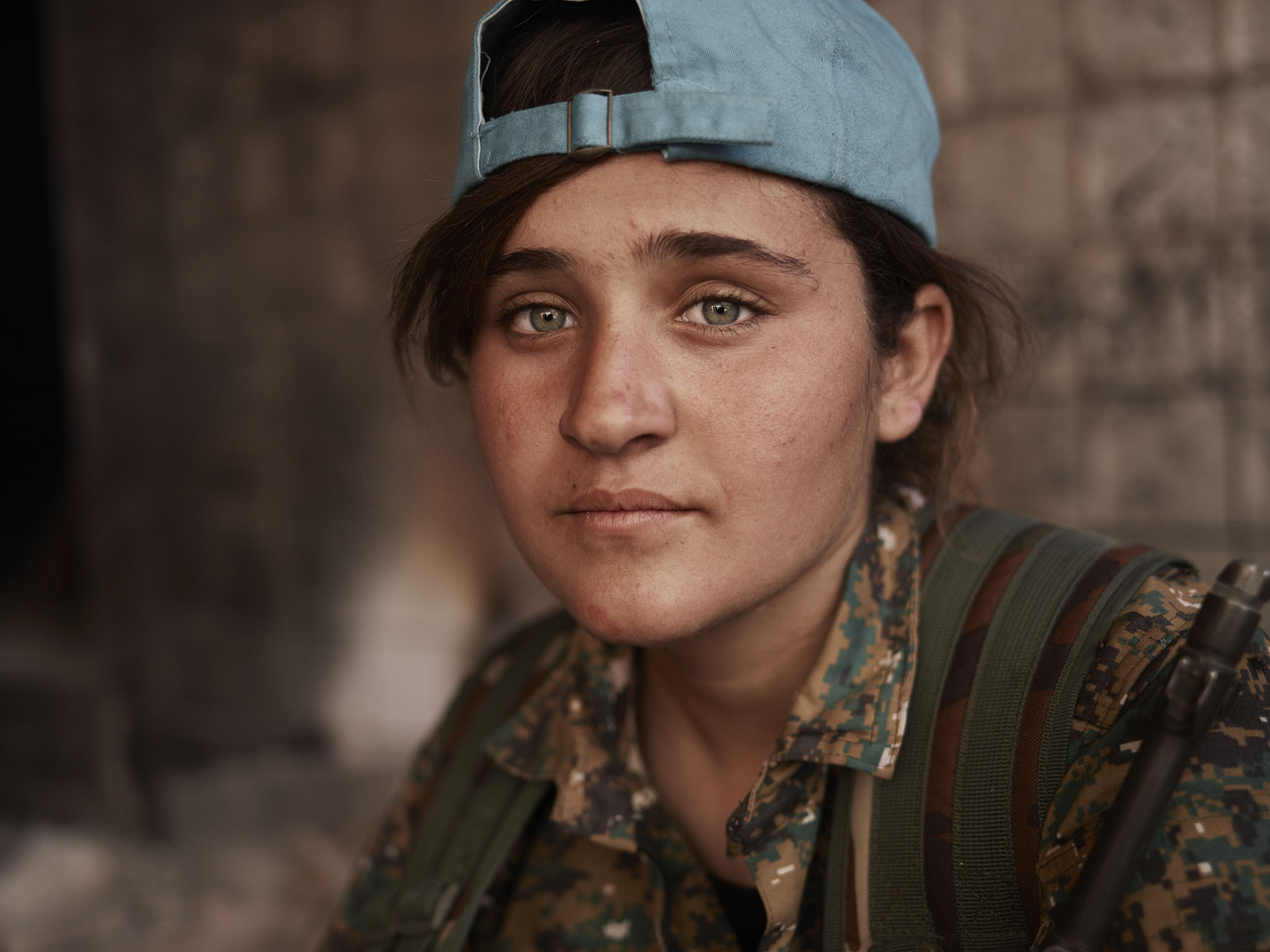“Em ji agir hatin û em ê vegerin agir.”
“We came from fire, and we will return to fire.”
Ancient Kurdish proverb
This ancient Kurdish proverb has been kept alive with the oral tradition of an endangered language—spoken in the privacy of the family home away from the watchful eyes of rulers and regimes, or sung in the mountains by dissident poets and rebels.
The ancient homeland of the Kurds— an ethnic minority of forty million people— is carved up across the modern-day borders of Turkey, Syria, Iraq, and Iran.
After the collapse of the Ottoman Empire near the end of World War I, the 1916 Sykes-Picot Agreement was approved by the United Kingdom, France, and the Russian Empire, and was set to grant the Kurds with their own contiguous sovereign territory. Eight years later, though, the Treaty of Lausanne amended the original agreement, and effectively abolished the Kurdish dream of independence. With this piece of paper, Kurdistan was slashed up among spheres of colonial influence, forming modern Turkey and establishing the northern borders of Syria and Iraq. The land of the Kurds was now divided into four different countries, splitting tribal lines, villages, and even families.
The culturally distinct Kurdish people found themselves forcibly assimilated into the fabric of ethno-nationalistic states or were perceived as stateless nomads without documentation, their language banned, and persecuted as second class citizens.
As the latest conflict in Iraq and Syria spiraled out of control starting in 2011, the governments that once kept the Kurds down found themselves spread thin fighting against both rebellions and jihadist insurgencies. The Kurds were left on their own to defend themselves from the extremist groups ravaging the land. The indigenous, pre-Islamic faiths, as well as the secular nature of the Sunni Kurdish community was perceived as heretical by fundamentalist groups like ISIS, and were targeted for conversion or extermination. The Kurd’s war became one of cultural survival or genocide.
Lawrence’s portraits are first and foremost an ethnographic study, highlighting Kurdish fighters as defenders of a distinct way of life, as well as the civilians caught between warring parties. During his initial research he couldn’t help but notice that there were many theories as to whom these Kurdish guerrilla groups were. The foreign press often romanticized the females in their ranks as fearless warrior women, while some of the photographer’s Turkish friends suggested that they were terrorists, operating more as opportunists in a bloody war. This work is aimed to uncover the truth, or at least to better understand the nuances behind the headlines. Portrait photography has a strange way of humanizing even the most distant of situations, and that was Lawrence’s goal with this project.




